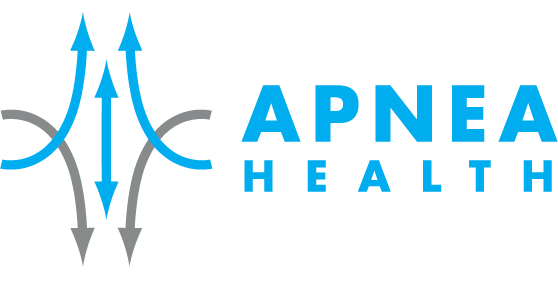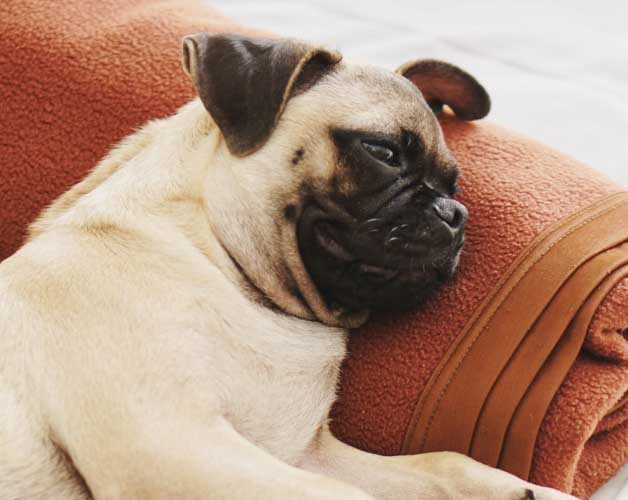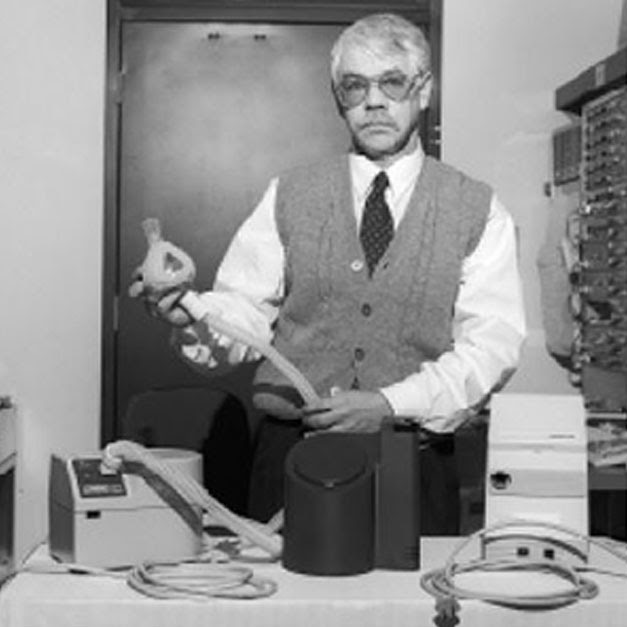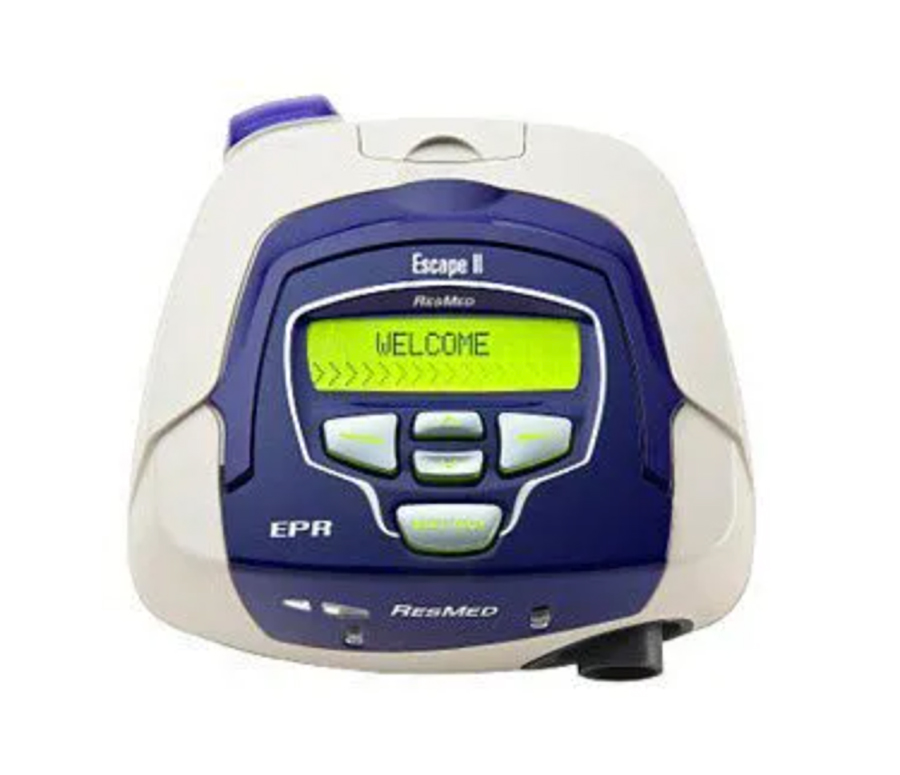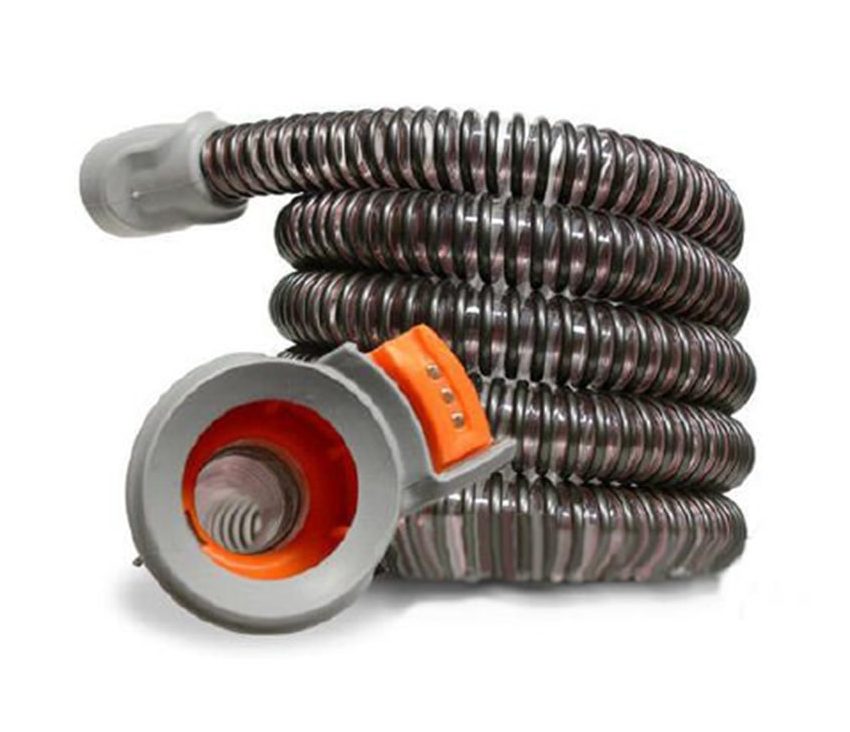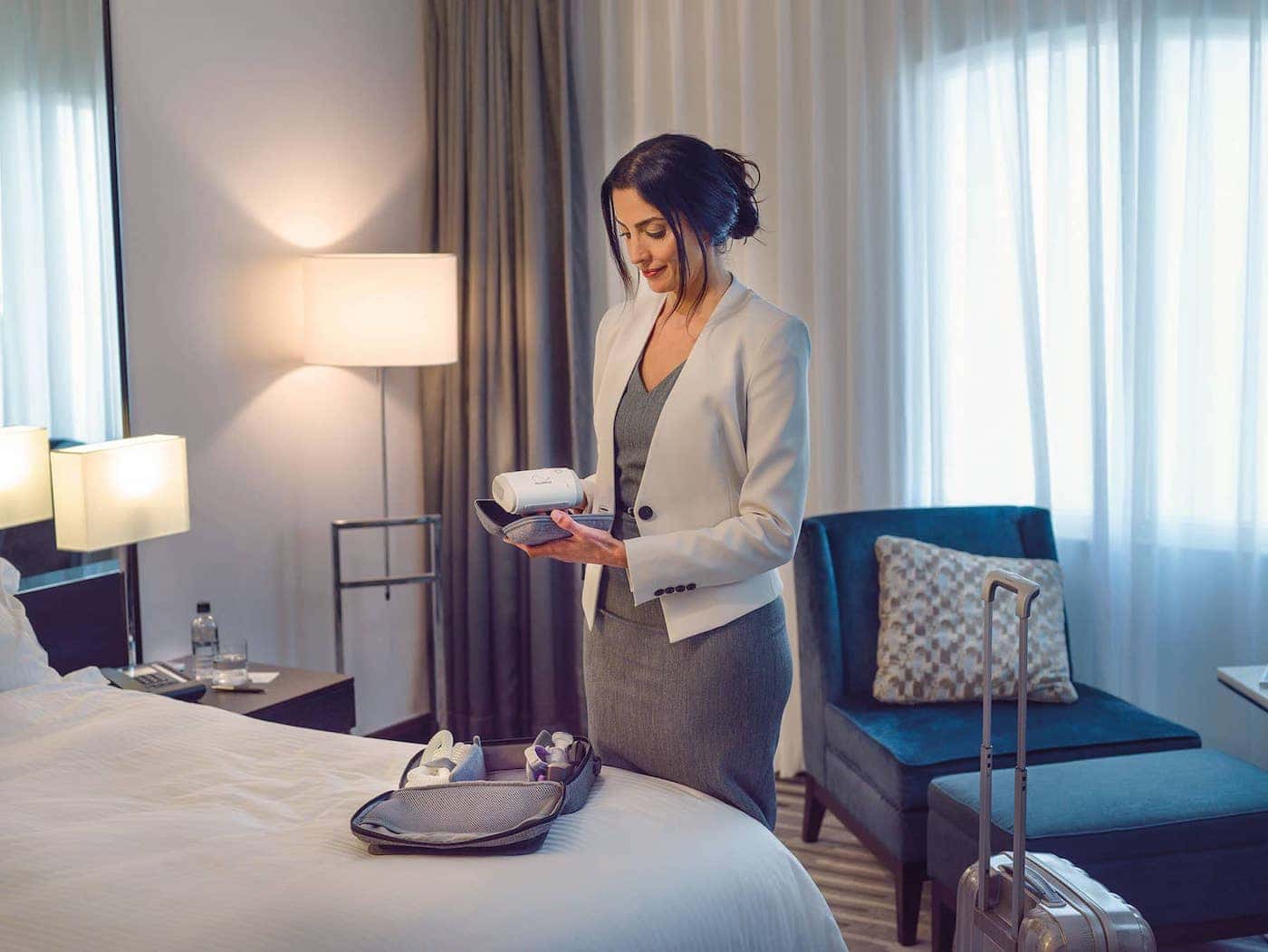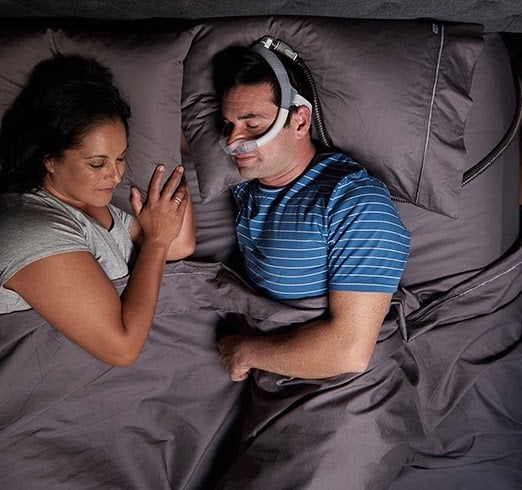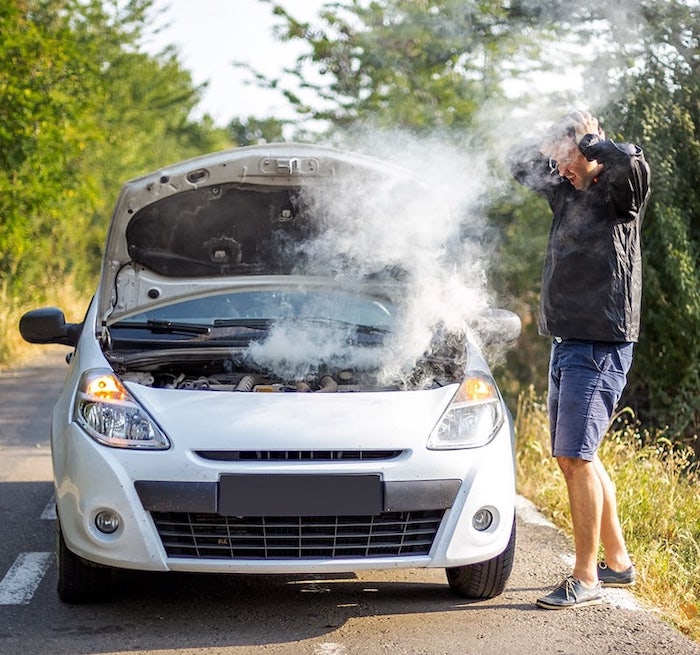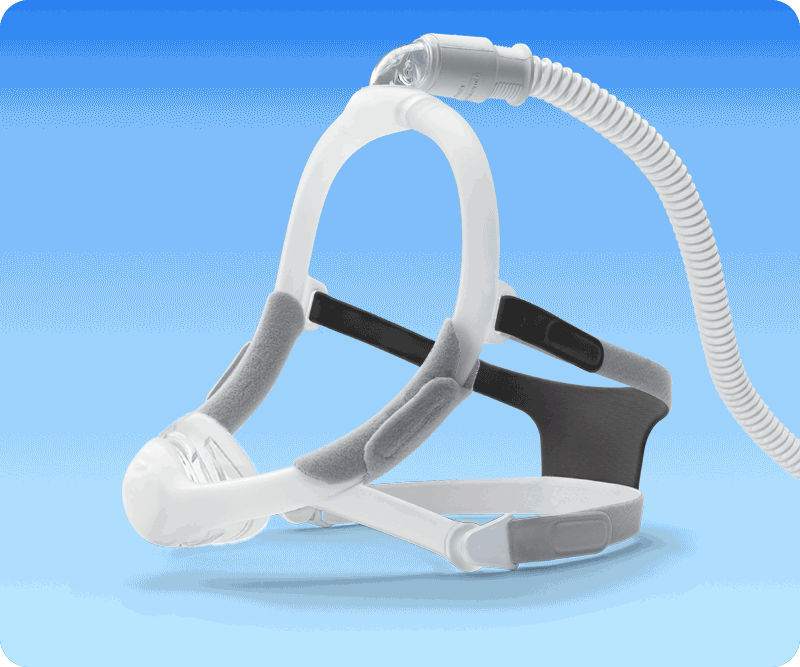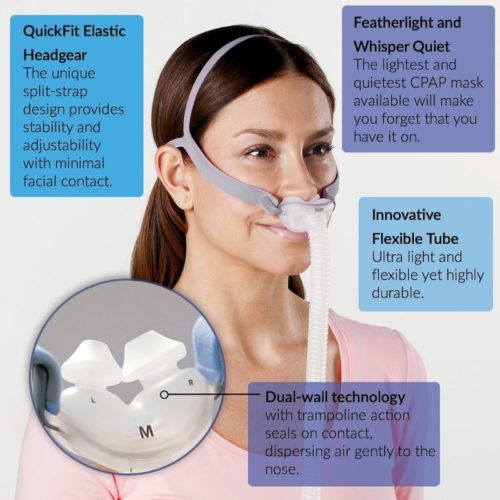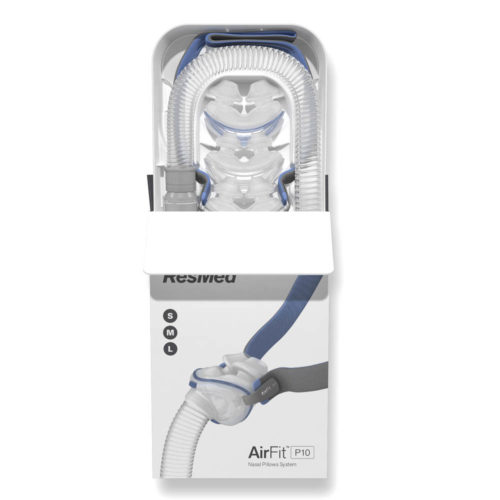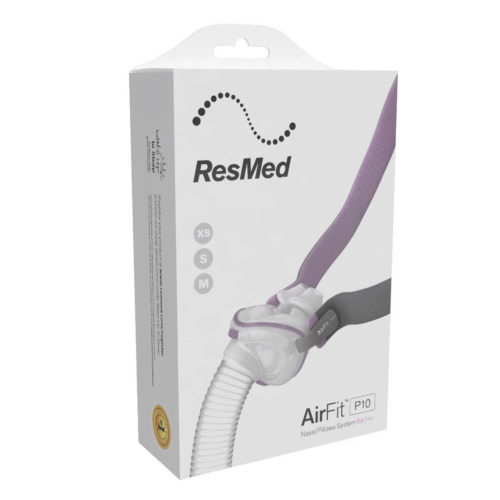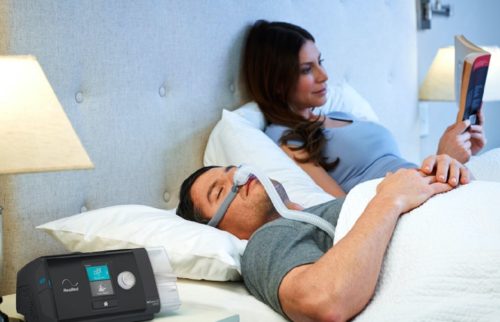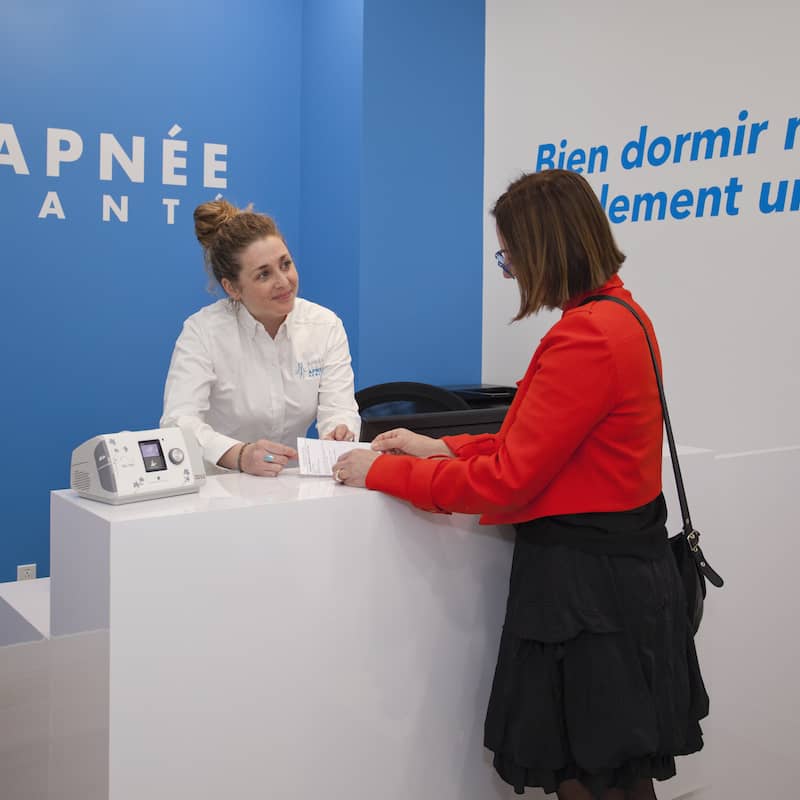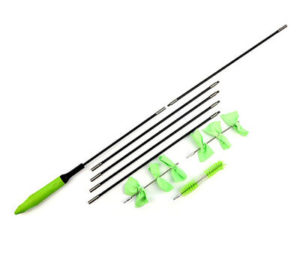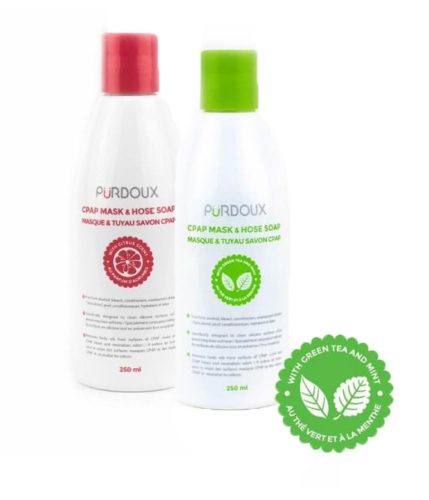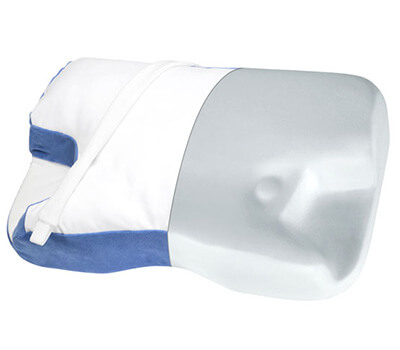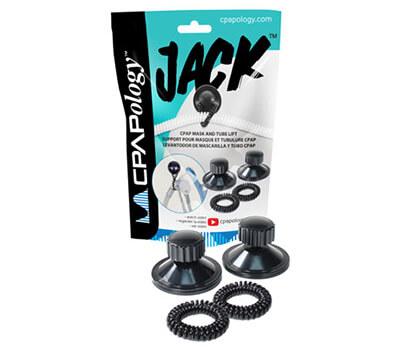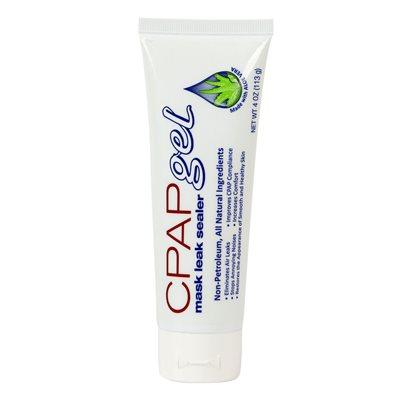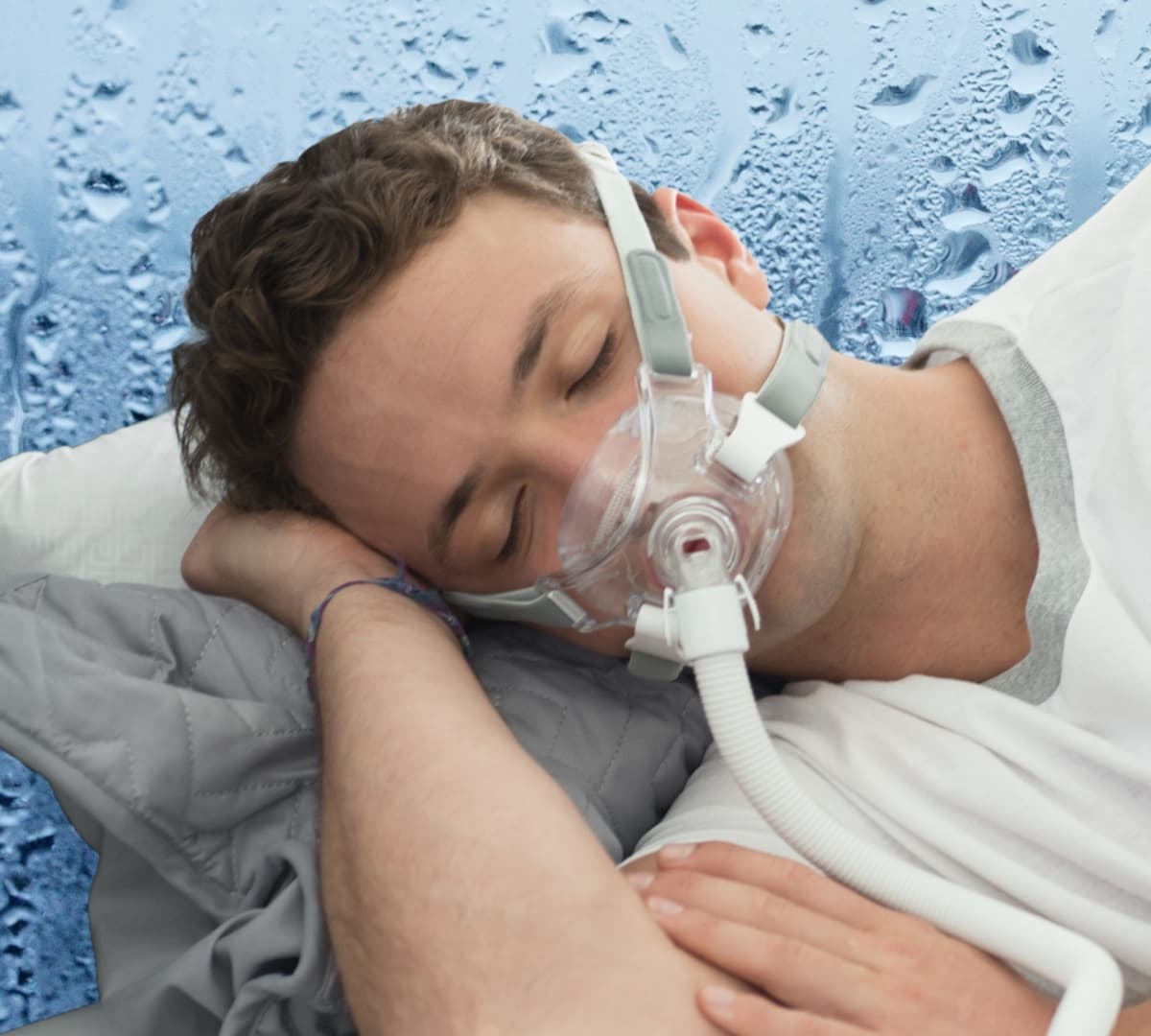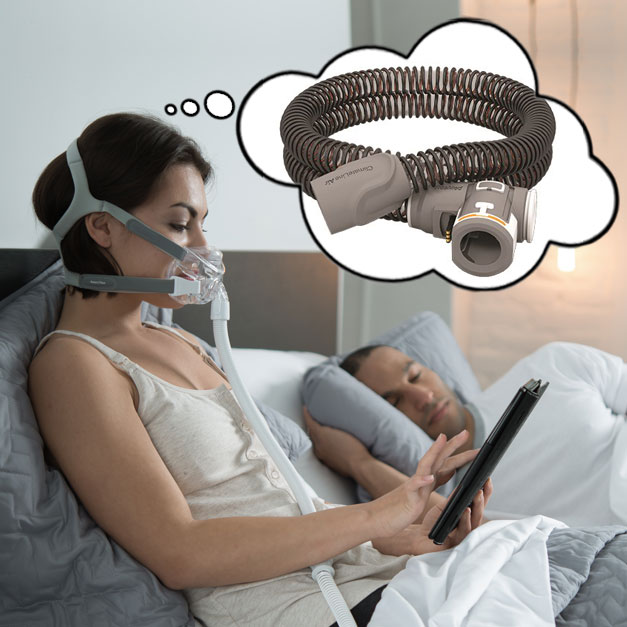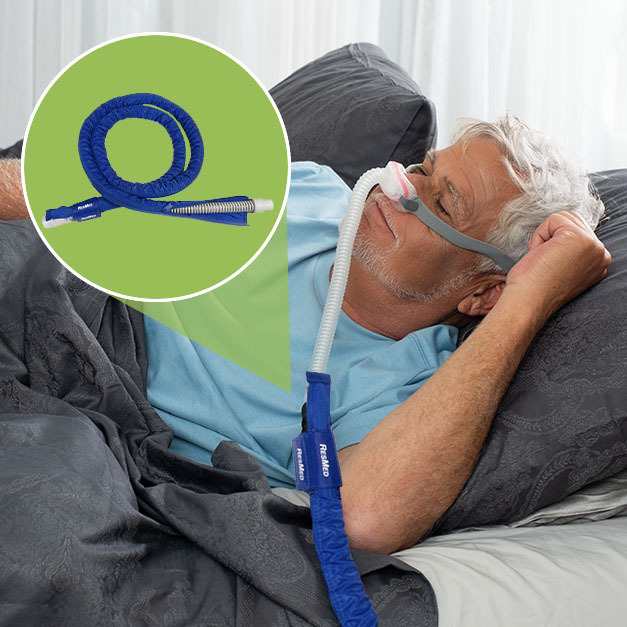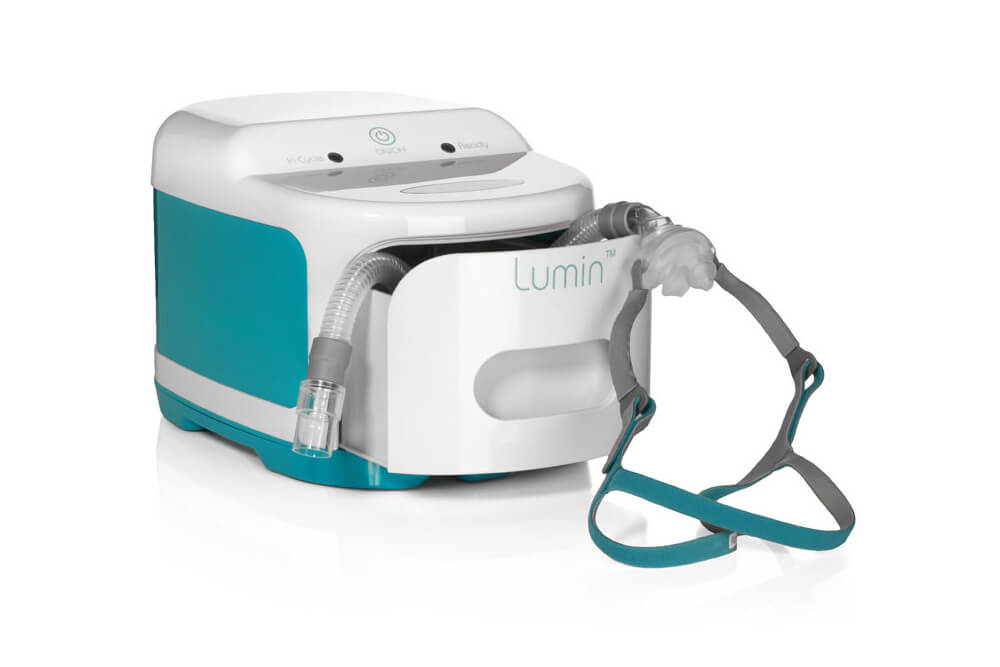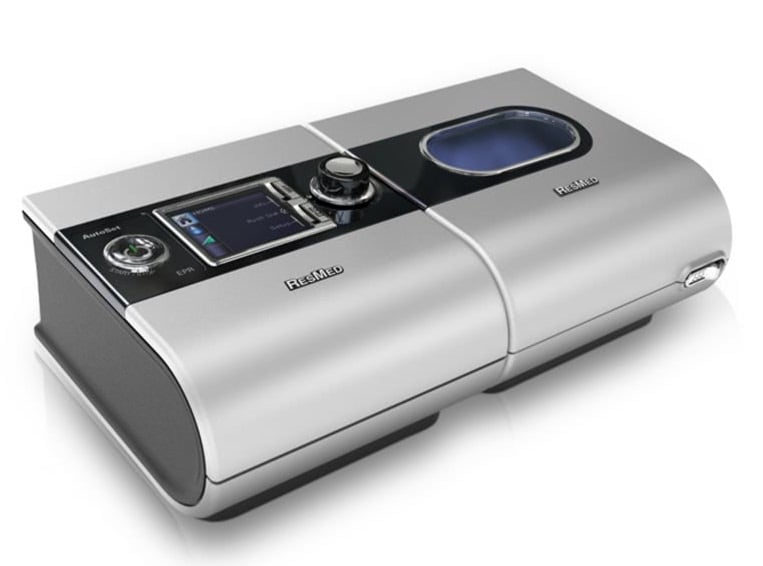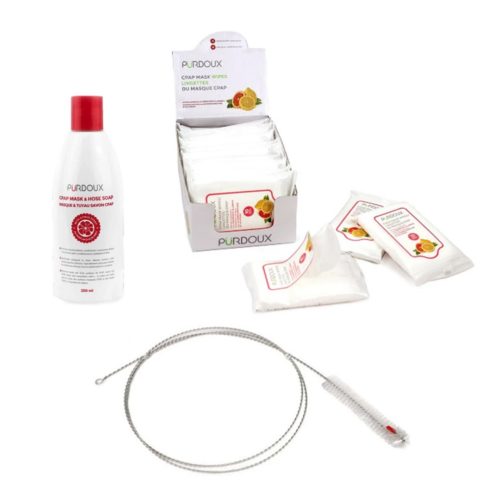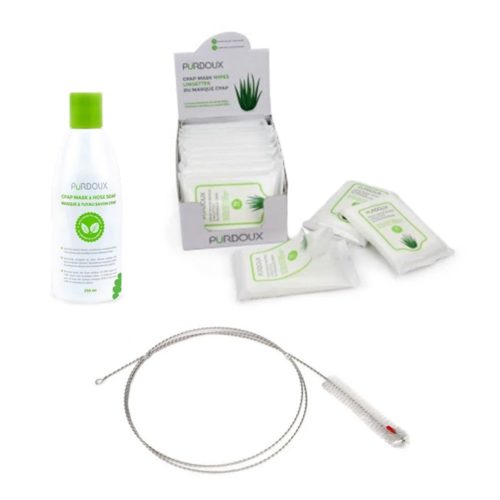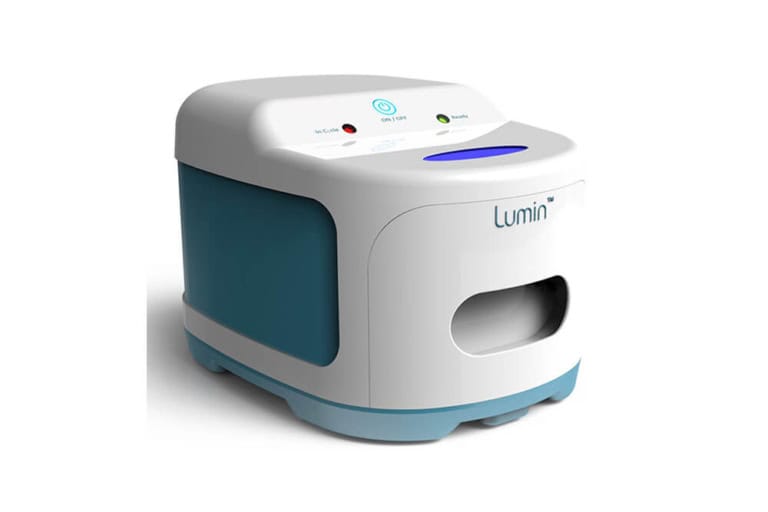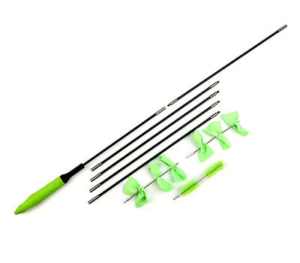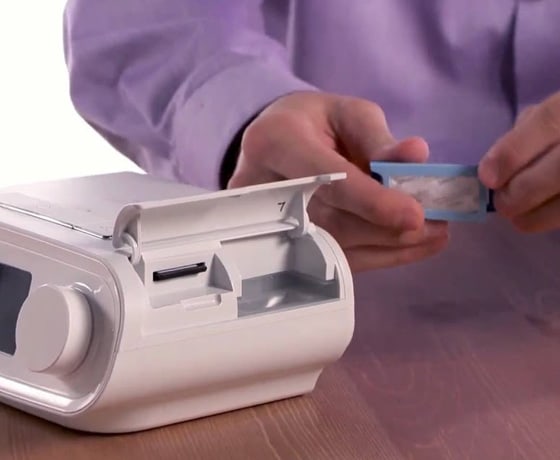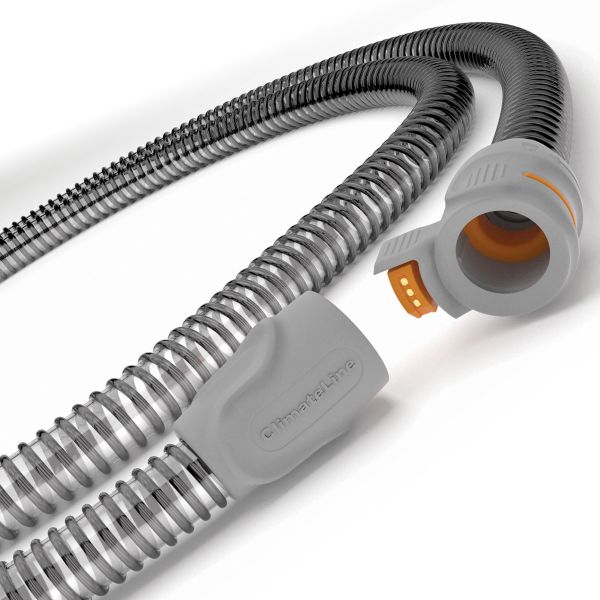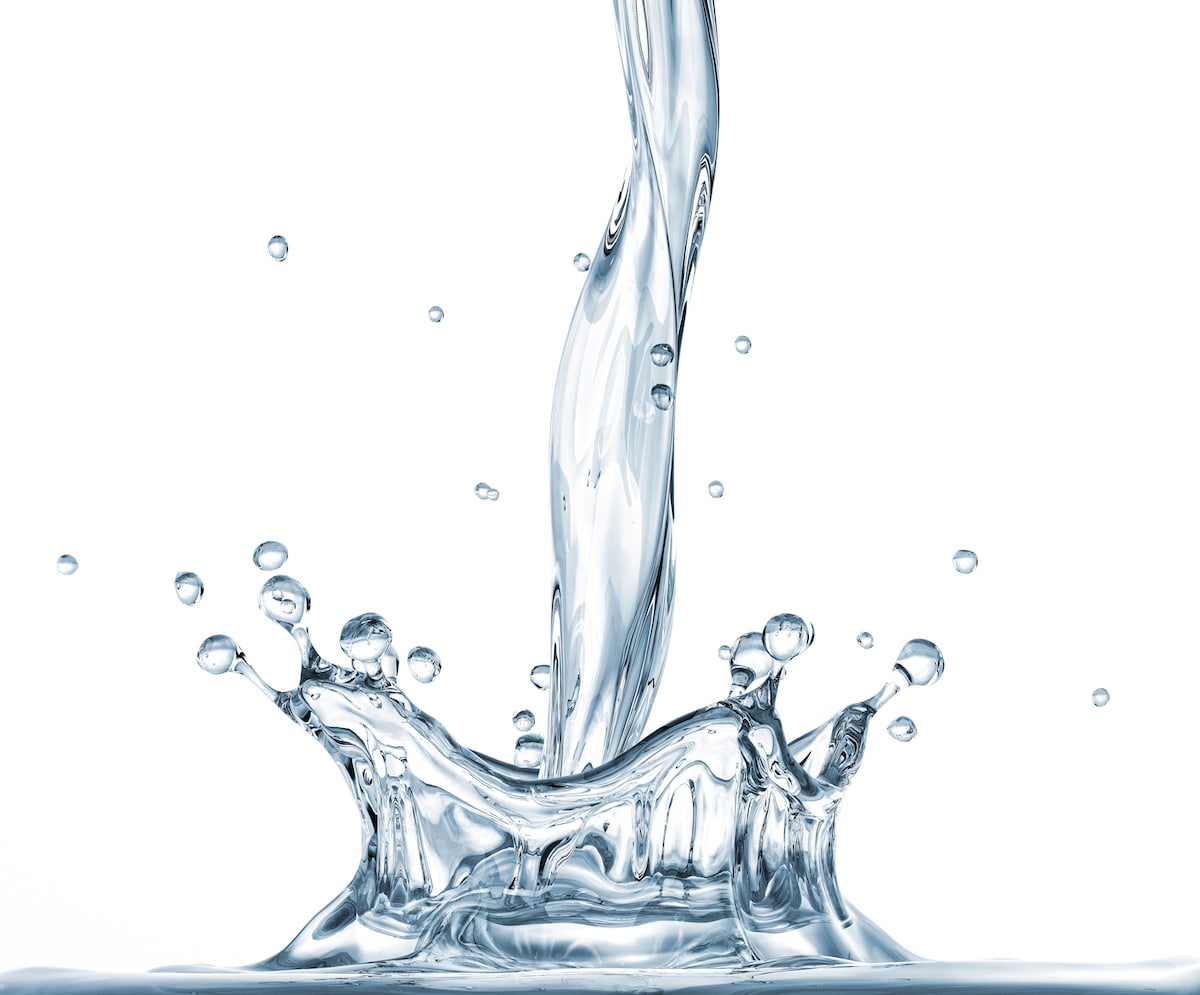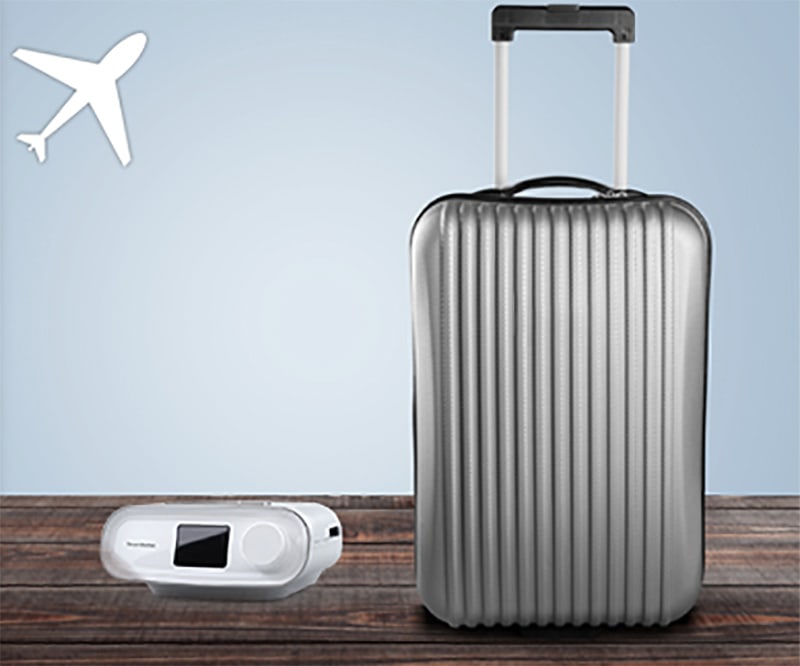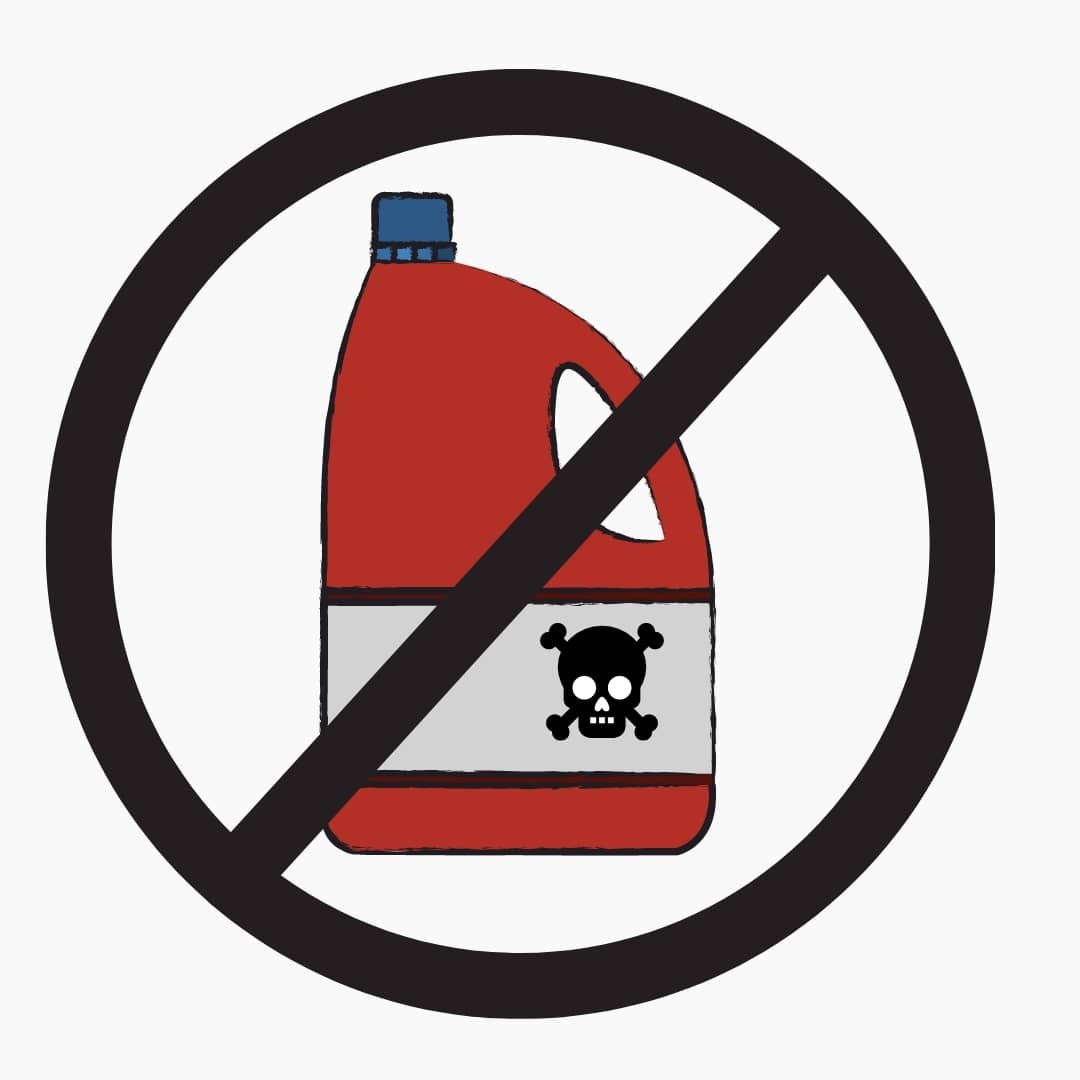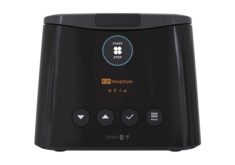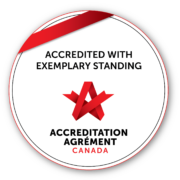Before there was CPAP
Before the invention of the Continuous Positive Airway Pressure (CPAP) machine, people still suffered from sleep apnea, we just didn’t have very good ways of coping with it.
Documentation of sleep problems goes back centuries, but modern sleep studies began in earnest in the late 1960s, leading to approaches and treatments that have improved lives dramatically over the years – although it wasn’t always easy.
- Earliest days of treatment
- Best sleep in years
- CPAP becomes a thing
- Humidification Innovation
- Fisher and Paykel raised the bar with heated humidification.
- Auto-Titrating Technology Changes CPAP Forever
- Heated Tube Conquers Rain Out
- Smallest CPAP Ever
- Smartest CPAP ever
- There’s an app for that!
- Some other advances
- Conclusion
Earliest days of treatment
Before the 1980s, the only treatment for severe Obstructive Sleep Apnea (OSA) was to perform a tracheotomy. As a child, I learned to my horror what this procedure meant while watching a rerun of M*A*S*H: in it a hapless Father Mulcahy had to follow radioed instructions to do the surgery from the back of a jeep – using only a pocket knife and a snipped-off eye-dropper.
In case you missed that one, the operation means cutting a hole in the patient’s throat and sticking a tube in to let them breathe. Clearly, not to be done lightly – even in a more sterile environment than the bomb-rattled countryside of 1950s Korea.
Best sleep in years
In 1980, Australian doctor Colin Sullivan made a major breakthrough with an experimental treatment for OSA. After working as a Postdoctoral Research Fellow in the Department of Medicine at the University of Toronto from 1976-78, Dr. Sullivan made his way back to the University of Sydney, where he dove deep into understanding obstructive sleep disorders.
Establishing a sleep lab, Dr. Sullivan followed a revolutionary new treatment course, beginning with tests on dogs (specifically breeds like pugs, known for their breathing and snoring issues). He figured that constant air pressure would prevent the collapse of tissue that causes breathing interruptions, so he hooked a motor from a vacuum cleaner to hoses and a mask, creating the first effective CPAP machine.
When he tried his machine on a human patient, though the motor was so loud it had to be kept in a separate room, the patient reported feeling more rested and alert than they had in years. It was the beginning of a new era for apnea sufferers.
CPAP becomes a thing
The results were so encouraging that more work was done to make CPAP practical for home treatment. Early machines were loud and hard to regulate, and masks had to be custom-made and stuck to the face with silicone glue to stop them from sliding off. But with Dr. Sullivan’s advances, CPAP became commercially available from a (then) new company called ResMed, and OSA patients have never looked back.
As ResMed grew to become a global provider, they continued to pay homage to Dr. Sullivan for years by maintaining an “S” at the start of their model numbers. As time went on, others entered the market and brought further advancements, like New Zealand offshoot Fisher & Paykel Healthcare, and the Respironics division of Philips. These players have added to the field of advanced CPAP machines and provide patients with a range of options.
Humidification Innovation
Over the years, CPAP machines started taking shape as the go-to treatment option for obstructive sleep apnea. The first machines were very large, heavy and noisy. Though they provided much needed relief, they lacked convenience. The early machines such as the Sullivan CPAP (yes named after the CPAP inventor) lacked even simple comfort features like humidification, a feature that most wouldn’t want to live without today.
At first, an external humidifier was introduced; a tube connected the CPAP to the humidifier, and another tube connected the humidifier to the mask. This worked, but made the CPAP setup pretty unwieldy. Humidifier units that attached directly to the CPAP were finally introduced in 1995, so the setup got a lot simpler to deal with.
Fisher and Paykel raised the bar with heated humidification.
You may recognize the popular model below that was used in Europe and North America, and was the go-to CPAP for patients with chronic congestion and allergies or folks living in dry northern climates.
Now all top 3 CPAP makers have a completely integrated humidifier, meaning it is a standard part of the machine and takes up barely any space at all.
Auto-Titrating Technology Changes CPAP Forever
In the earlier 2000s, CPAP technology had a major breakthrough. The first auto-titrating machine, the S8 AutoSet II, was released. Auto-titrating machines are revolutionary because they can detect what pressure you need to eliminate your apnea and they re-adjust throughout the night.
Old machines were set to one prescribed pressure determined during a sleep study. Fixed pressure machines can be incredibly inconvenient because your needs change over time due to weight, age, health and stress level. Your needs can even change during the course of a single night! With a fixed pressure machine, you would often have to go through another expensive and uncomfortable sleep study to get your machine adjusted. Not anymore – auto-titrating machines made that a thing of the past. Just turn on the machine and go. It detects the optimal setting for you, ensuring you’re always getting the pressure you need.
Heated Tube Conquers Rain Out
The next step in evolution was the heated tube, and it certainly has changed CPAP treatment for Canadians. Our cold winters were responsible for condensation in the tube, also called rain out, making for a wet and irritating night.
Heated tubes solve the problem by preventing water from condensing in your tube and dripping into your mask. Heated tubes control temperature and humidity so you get optimal moisture.
The first to introduce the heated tube was Fisher& Paykel, and throughout the 90s and early 2000s, clinicians recommended F&P for anyone with chronic allergies or congestion. In the 2010s, Resmed and Respironics followed suit.
Smallest CPAP Ever
In the old days, CPAP machines were heavy bricks that were impossible to lug around, which made traveling with your CPAP a nightmare. Today’s CPAP machines have gotten way smaller and more portable. Respironics has released the DreamStation Go and Resmed the AirMini – CPAP machines that can fit in your hand and work with battery backup – you can even take your CPAP camping!
Twenty years ago, CPAP users and manufacturers never dreamed of such advanced sleep apnea fighting technology. What started as a novel way to avoid slicing into patients’ necks became the most accepted OSA treatment around, with over a million patients worldwide using CPAP to improve their sleep.
Smartest CPAP ever
In the early years, clinicians helped patients with CPAP by simply asking questions about their daytime and nighttime symptoms. In the 2000s, data cards were introduced which allowed your respiratory therapist to see how your CPAP was working for you, and adjust pressures as needed. You would have to pop into the clinic to have your card read.
Today, with bluetooth and wifi connectivity, your RT monitors your progress without the need for you to come in at all. He or she can also adjust pressures remotely.
In the age of the coronavirus, it has meant that at Apnée Santé, we can continue to monitor our sleep apnea patients.
During lockdown, our respiratory therapists were as busy as ever supporting you.
There’s an app for that!
On top of remote monitoring, there’s even a smartphone app for today’s advanced auto CPAPs.
You can keep track of your nightly stats to get the most out of your sleep therapy, all on your own phone or tablet.
The apps include detailed reports of your night’s sleep, and come with helpful tips to make your sleep therapy the best it can be.
They’ll even give new users mask setup guidance and help you learn how to assemble and fit a mask for a proper seal.
Some other advances that came over the years include:
- Autoramp: The first machines were an all-or-nothing affair, running at full pressure from the word “go.” The CPAPs we offer these days at Apnée Santé all have the option to gradually ramp up to full pressure, making falling asleep feel as natural as, well, falling asleep.
- Better masks: New generation masks and straps are more comfortable than ever. Whether nasal-pillow style or full-face, there’s always a perfect fit and Apnée Santé can help you find it.
- Smart cleaners: Even cleaning your CPAP keeps getting easier – the Lumin UV cleaner makes sanitizing a breeze. Read our CPAP cleaning blog to get more dirt on cleaning.
Conclusion
Anyway you look at it, CPAP therapy blows away previous sleep apnea treatments.
And with its rapid evolution from dogs plugged into vacuum cleaners to whisper-quiet smart machines, who knows what other exciting advances are to come.
